So which Ad made you buy? Science for Attribution
Authored by by Eshu Sharma, Co-founder at Kraftshala.
A marketer’s goal is to increase the Return on Investments (ROI). The success of this objective depends on how the marketer chooses to spend the marketing budget. Since there are a plethora of channels to choose from, how these budget decisions are taken is of paramount importance.
The problem in this process is that how well a marketing channel has performed isn’t very easy to figure out. This is because consumers have complicated buying journeys.
Consider:
Search 1: You search for “best gifts to buy online”. The search results throw up an ad, say for Google Nexus. You click on it and think it would be a good idea.
Search 2: Later, you search for “best tablets under 10K”. Another Nexus ad throws up, you click and browse the options available.
Search 3: Few days later, you finally intend to buy the Nexus and search for “buy Nexus 9 best price” A Nexus ad with an offer pops up. You click and buy!
Now which of these 3 ads should be given the credit for this sale? The 3rd one since that's what led to the final purchase?
This is the Last Click Model, where we attribute 100% credit to the 3rd ad since it led to the final conversion. This leads to the de-prioritization of critical media as the first 2 also had a role to play here. Hence, it is critical to get our attribution right.
Types of attribution:
Last Click Model: We went through this above. Despite being biased, this is widely used because the tracking is simple - in most cases, it's done through the URL itself.
First Click Model: 100% of the credit is given to the channel that got the first click. The model isn’t used much but is useful for brands whose goal is incremental awareness.
Linear Model: Every channel that took part in the journey gets equal credit.
Time Decay Model: The channel that is closer to the conversion gets more credit than the others.
Position-Based Model: This model can customize the weightage as per your business’ conversion journey.
The problem with all these models is that they do not come close to reality. Is there a better model that accounts for “true contribution”? The answer is, yes!
Data-Driven Attribution (DDA)
This model tries to figure out the real contribution of every channel.
Let’s take a case - Assume that your conversion journey included these 3 channels.
Last year’s report is given below. So what should be the budgets this year?
On first glance, you might be tempted to de-prioritize YouTube. Put a pin on that. Let's see how the DDA Model can help us here.
First, let's look at all the journeys that led to a conversion and also the ones that did not lead to a conversion. Note that it is the only attribution model that looks at non-converted journeys.
Next, put all the journeys that are the same together. For example, below we have highlighted the journey: Search to Youtube to Facebook
When we put them together, we see that Team 1 (Search to Youtube to Facebook) has led to 2 converts and 3 non-converts. Thus, Team 1’s probability of conversion: 2 / 5 = 40%. And similarly, we find it out for Team 2 and Team 4 as well.
Now, see that the only difference between Team 1 and Team 2 is Youtube. This shows that its presence leads to an increase of (0.4 - 0.33) 0.07 in conversion probability.
Similarly, by picking up other journeys, we calculate the contribution of each channel to the probability of conversion of Team 1.
And thus, the percentage contribution would be:
Search = 0.1/ (0.1 + 0.07 + 0.15) = 31%
Youtube = 0.07/ (0.1 + 0.07 + 0.15)= 22%
Facebook = 0.15/ (0.1 + 0.07 + 0.15) = 47%
With this, we know the exact contribution of each channel in the journey. This affects the total number of conversions that we attribute to a channel.
As you can see, Facebook, which was given 100% credit, has now reduced to 47%. Similarly, Youtube and Search get credited for more than they had been previously.
This has led to the CPL of Facebook increasing by 11% and that of Youtube decreasing by 38%.
We have put in a lot of money at the end of the funnel, but not enough at the top.
And thus, we should put in more money on Youtube so that we expand the top of our funnel.
Just a few things to note about DDA:
- The model does NOT have FIXED weights for each channel & position
- The weights change with EVERY new conversion that you get.
- It also factors in the ABSENCE of a conversion. Thus, it also changes with every path NOT resulting in conversion as well.
Hope you enjoyed reading this and the next time your agency comes with a plan, you are able to ask the right questions to guide them to do an even better job with your budgets.



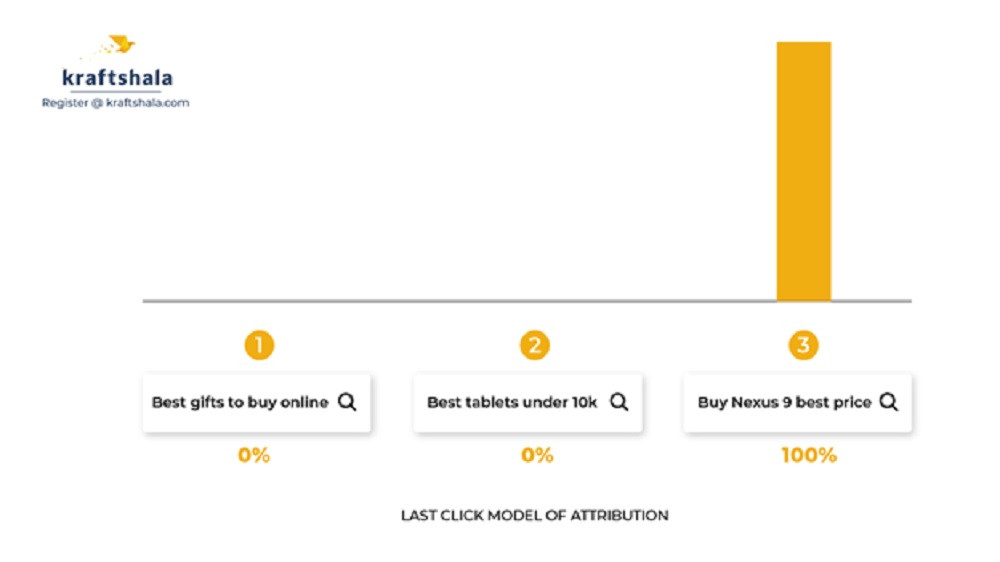
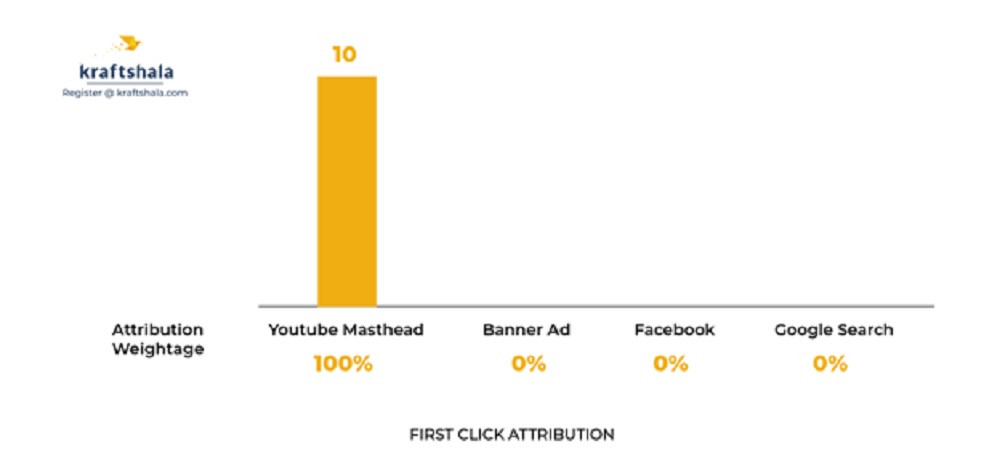

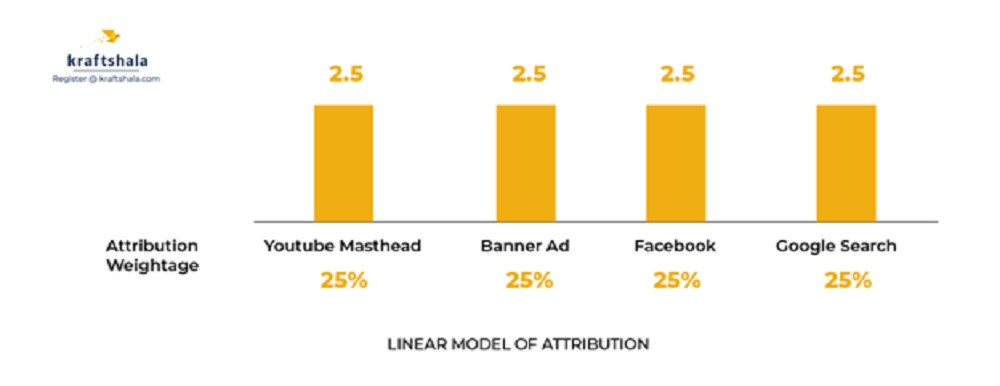
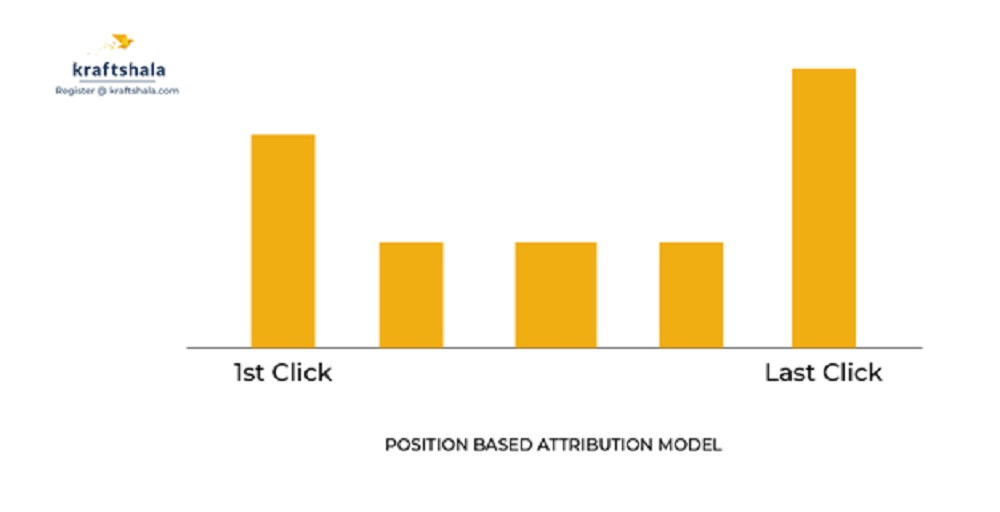

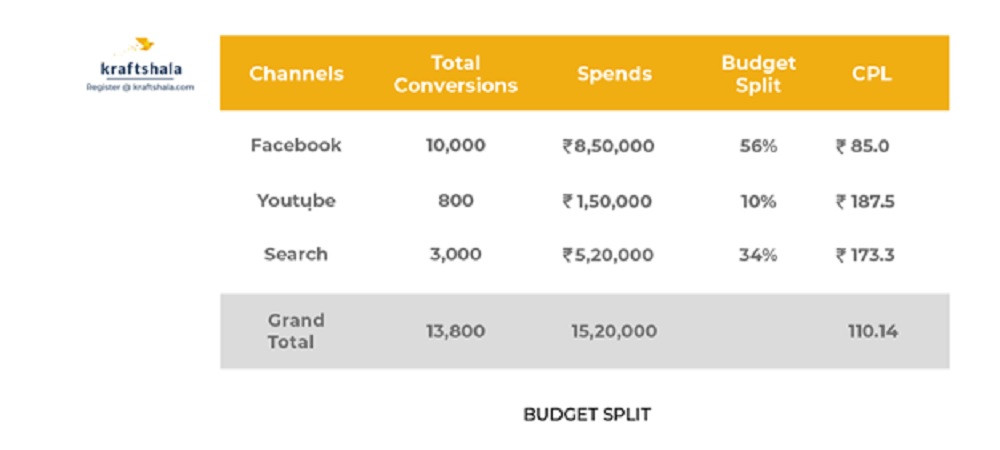
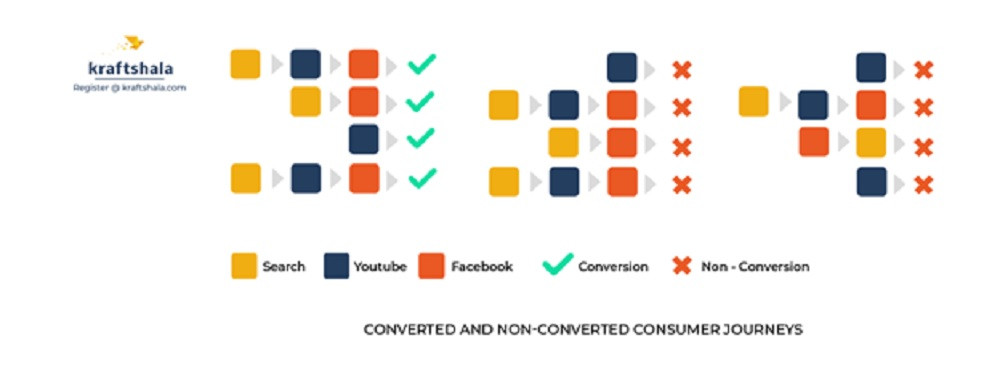
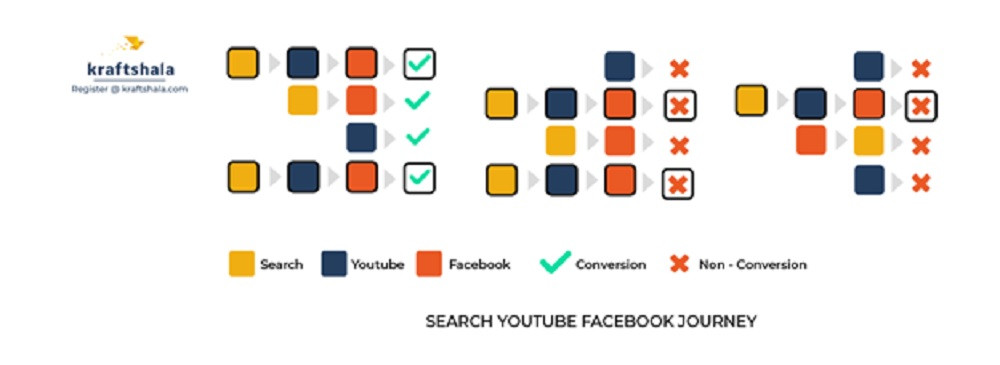
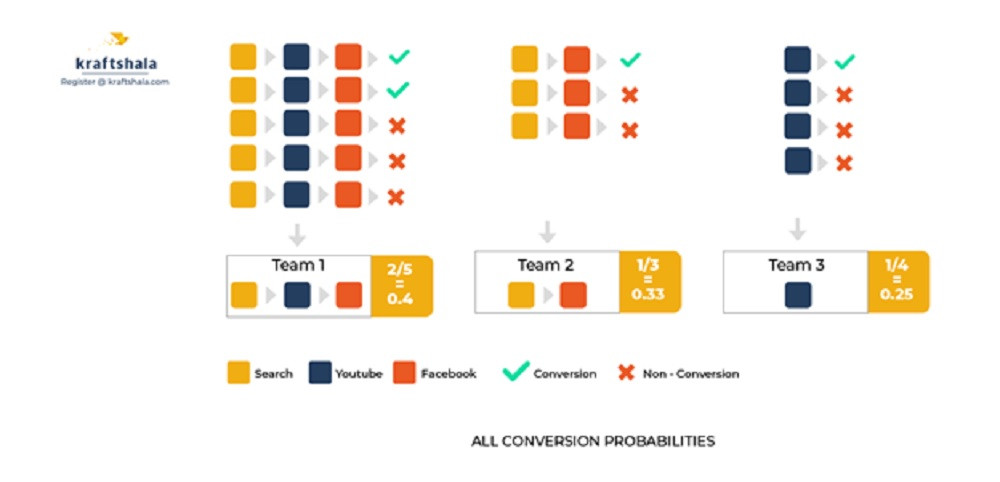

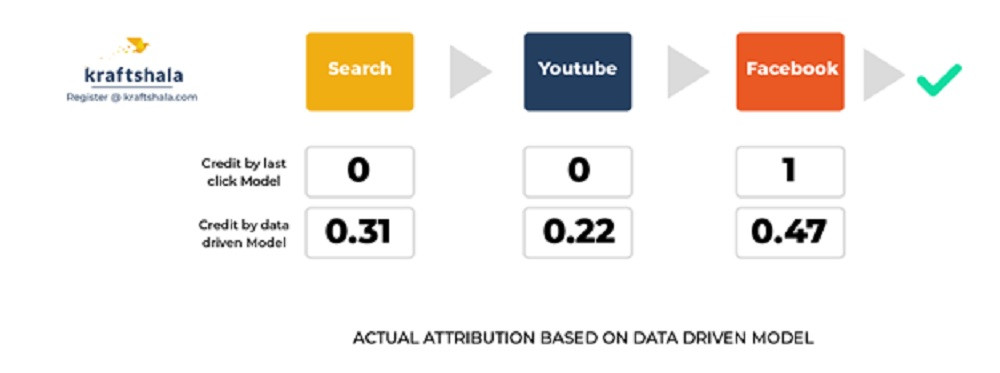
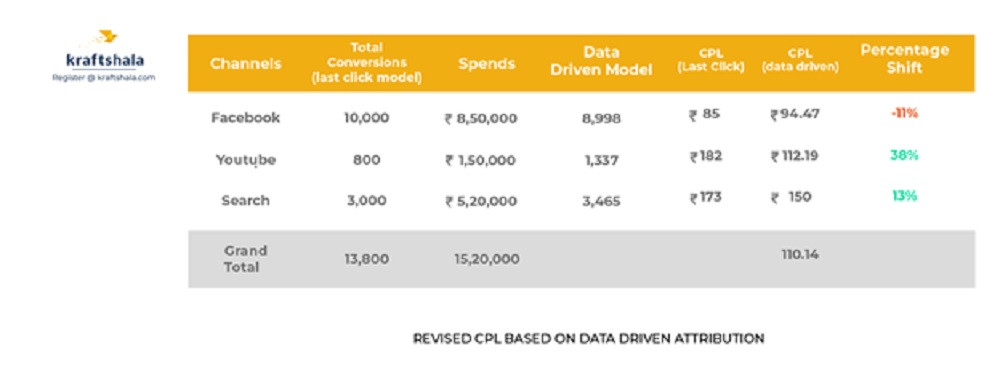
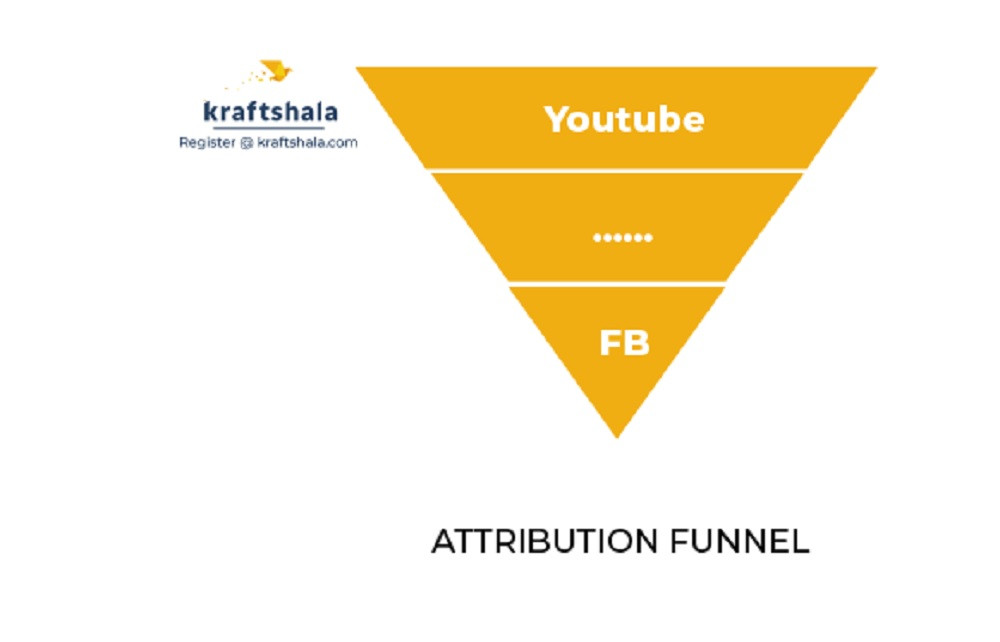








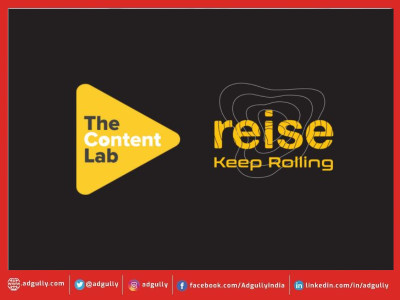


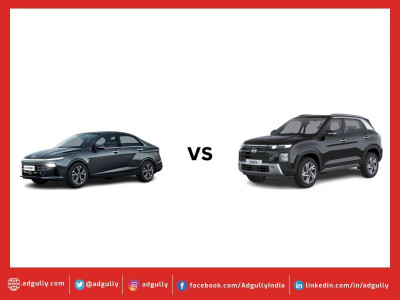

Share
Facebook
YouTube
Tweet
Twitter
LinkedIn